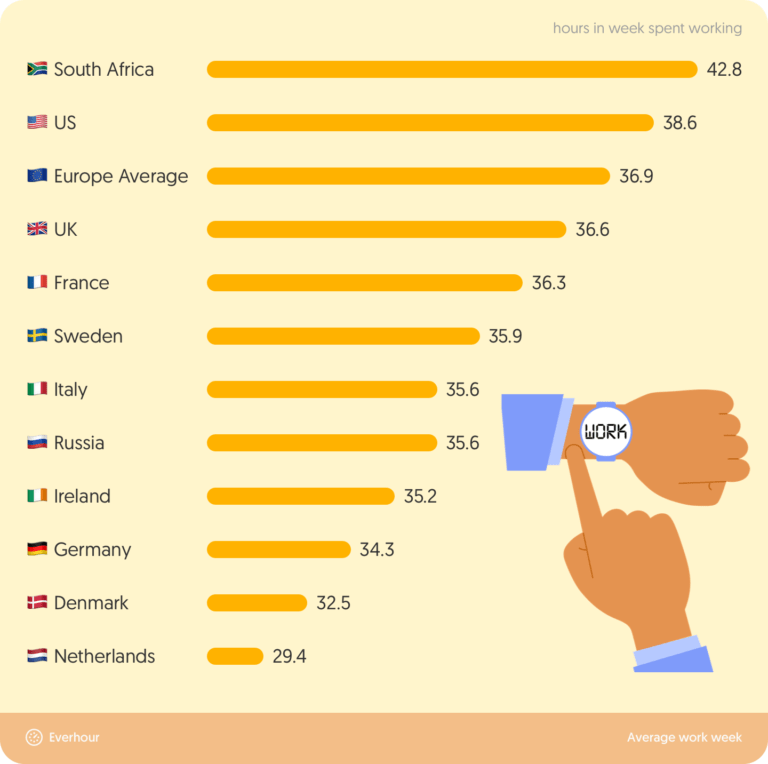

Reference period: Yearly results are obtained as averages of the four quarters in the year. Due to the diversity of information and the large sample size, the EU-LFS is also an important source for other European statistics like Education statistics or Regional statistics.

Each quarter around 1.8 million interviews are conducted throughout the participating countries to obtain statistical information for some 100 variables. The EU-LFS is an important source of information about the situation and trends in the national and EU labour markets. The EU-LFS is based on the same target populations and uses the same definitions in all countries, which means that the results are comparable between the countries. Conscripts in military or community service are not included in the results. It covers residents in private households. Source: The European Union Labour Force Survey (EU-LFS) is the largest European household sample survey providing quarterly and annual results on labour participation of people aged 15 and over as well as on persons outside the labour force. In contrast, workers in ‘arts, entertainment and recreation’ (33.0 hours), ‘education’ (32.2 hours) and ‘activities of households as employers’ (26.0 hours) had the shortest average working weeks.Īll figures in this article are based on the European labour force survey (EU-LFS). They were followed by those working in the sectors ‘mining and quarrying’ (39.6 hours), ‘construction’ (39.2 hours) and ‘transportation and storage’ (38.5 hours). In 2021, people employed in the ‘agriculture, forestry and fishing’ sector spent the largest number of hours at work – 41.8 hours on average per week. The length of the average working week measured in actual hours of work varies across different sectors as regards economic activities ( NACE Rev. How does the average working week vary across economic activities and occupations?Īfter having looked at the average number of working hours by country for the full-timers and part-timers separately, the working hours are analysed by sector of economic activities and group of occupations at EU level for the full-time and part-time workers together. Figure 1 shows a strong negative correlation between these two indicators. Consequently, the different shares of part-time workers across countries influence the results, in addition to the different legal and usual length of the working week.Ĭountries with a high share of part-time workers report a shorter average working week for the total number of people employed. The average working hours presented in Map 1 include both full-time and part-time workers. This is particularly true for 2020, when the COVID-19 pandemic hit the labour market. If people absent from work were also to be taken into account, the denominator would be higher while the numerator would remain the same, leading to a considerably lower average when there are many people absent from work. The denominator only takes into account those people present at work (excluding people absent due to holidays, sickness, temporary lay-off, etc.). The average is computed as the total number of actual hours of work divided by the number of employed people having actually worked. Map 1: Average number of actual weekly hours of work in the main job, 2021 This article complements the article Employment - annual statistics. Since 2021, due to the implementation of Regulation (EU) 2019/1700, all countries participating in the survey have harmonised their questionnaires regarding the measurement of actual working hours, which led to enhanced comparability and quality of the results. Results are presented for the European Union (EU) as a whole, individual EU countries, three EFTA countries (Iceland, Norway and Switzerland) and one candidate country country (Serbia).įigures in this article come from the EU Labour Force Survey (LFS). More specifically, it focuses on the average number of actual hours of work per week employed people spent on their main job in 2021. men and women, part-time and full-time workers) and across various economic activities and occupations. This article highlights the main aspects of working time for different population sub-groups (e.g. Map: Average number of actual weekly hours of work in the main job, 2021


 0 kommentar(er)
0 kommentar(er)
